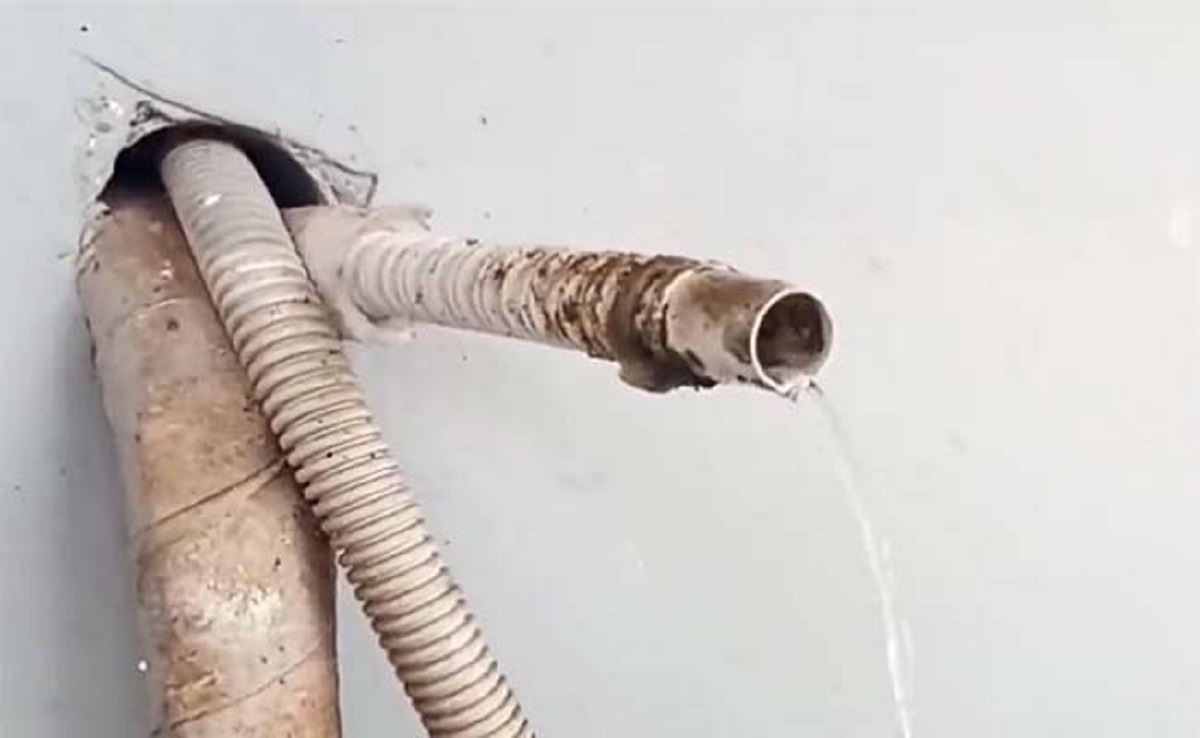
These are essential considerations during air conditioner installation, which your technician might not have revealed to you. However, it’s crucial to be aware of these factors to avoid wasting money on your monthly electricity bills.
1. Choose the Right AC Capacity for Your Room Size
Many homeowners believe that a higher-capacity air conditioner will easily cool their entire room. However, if the room where the AC is installed is much smaller than its capacity, it will lead to wasted energy consumption. Selecting the right AC unit for your space from the outset can result in significant cost savings.

To choose the appropriate AC capacity for your room size, refer to the table below:
| Room Size (sq. ft.) | Minimum AC Capacity (BTU) |
| Up to 150 sq. ft. | 9,000 BTU |
| 150 – 250 sq. ft. | 12,000 BTU |
| 250 – 400 sq. ft. | 18,000 BTU |
| 400 – 500 sq. ft. | 24,000 BTU |
2. Avoid Over-Covering the Outdoor Unit
The outdoor unit, or condenser, is typically installed outside the home to facilitate air circulation and dissipate heat from the indoor unit. Since it’s exposed to the elements, many homeowners tend to over-cover it to protect it from rain or direct sunlight.

However, excessive covering can hinder the condenser’s ability to dissipate heat, leading to reduced lifespan and potential malfunctions. It’s best to provide adequate covering to shield the unit from intense sunlight while ensuring it’s placed in a dry and well-ventilated area.
3. Proper Sizing of Copper Piping
Unscrupulous AC technicians often advise homeowners to install longer and larger copper pipes than necessary, resulting in increased installation costs. The size of the copper piping should be proportional to the AC unit’s capacity to ensure optimal cooling performance and energy efficiency. Oversized pipes with a small AC unit will lead to slow cooling and higher electricity consumption.

4. Determine the Drain Hose Location
Proper installation of the AC’s drain hose is crucial to prevent water leakage from the indoor unit into the room. Typically, the drain hose is installed directly below the AC’s drainage hole and then routed outside to discharge water. When installing the drain hose, it’s essential to keep it as straight as possible, minimizing bends and curves to facilitate smooth water drainage.

5. Optimal Placement of the Indoor Unit
Incorrect placement of the indoor unit can result in uneven distribution of cool air, leading to the need to lower the thermostat further and increased electricity consumption. The best location for the indoor unit is at a higher position, preferably in the center of the room, to ensure even distribution of cool air. However, avoid installing it directly above your bed, facing an altar, or in areas that are obstructed or considered unfavorable according to feng shui principles.

6. Ideal Distance Between the Indoor and Outdoor Units
A common mistake made by many homeowners is placing the indoor and outdoor units too close to each other. This can hinder optimal cooling performance and result in wasted energy consumption, with the room never reaching the desired temperature.

According to professional technicians, the ideal distance between the indoor and outdoor units should be between 3 and 7 meters. Additionally, it’s best to keep the height difference between the two units as low as possible, with half a meter being the optimal distance. A greater distance and height difference will cause the compressor to work continuously to produce cool air, leading to overheating and potential malfunctions. Conversely, a very small distance may result in noise issues, affecting the unit’s lifespan and disturbing your neighbors.
The Power of Fresh Air: Rethinking the Way We Cool Our Homes
Closing windows and doors tightly when using air conditioning is a common practice to prevent cold air loss. However, this may not be the best approach for your health or energy bills. Let me share some expert tips to help you strike a balance between comfort, energy efficiency, and maintaining a healthy environment.
































